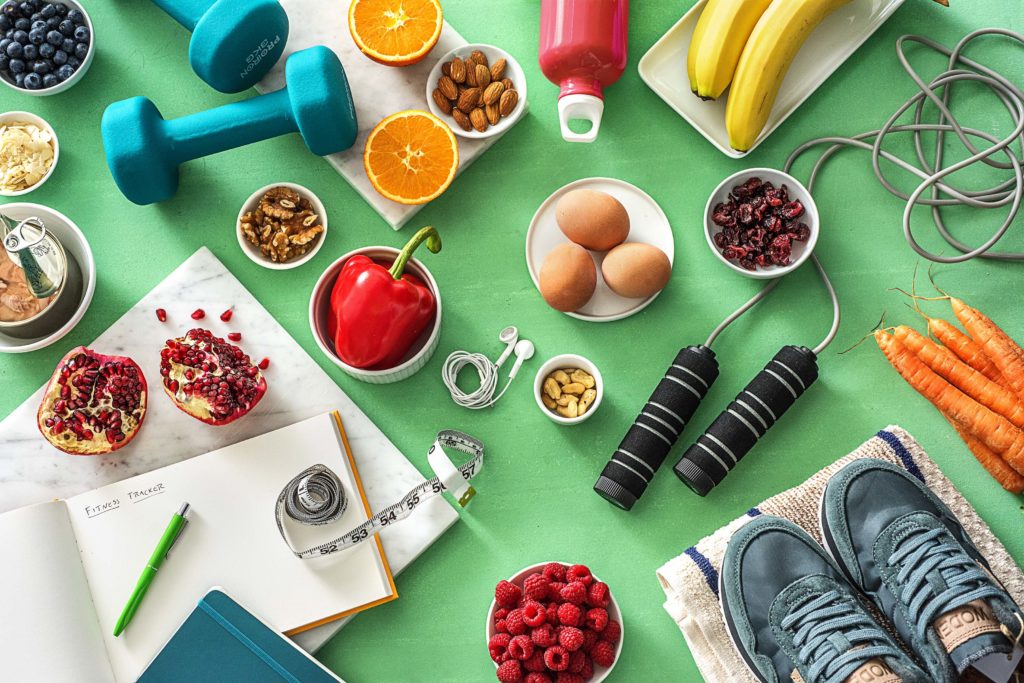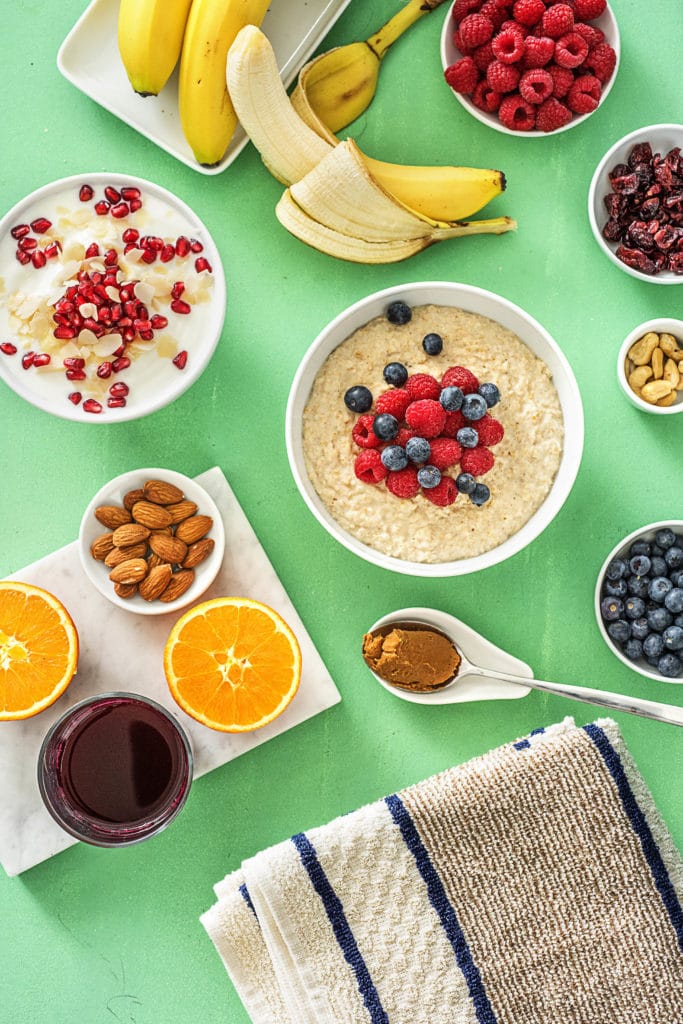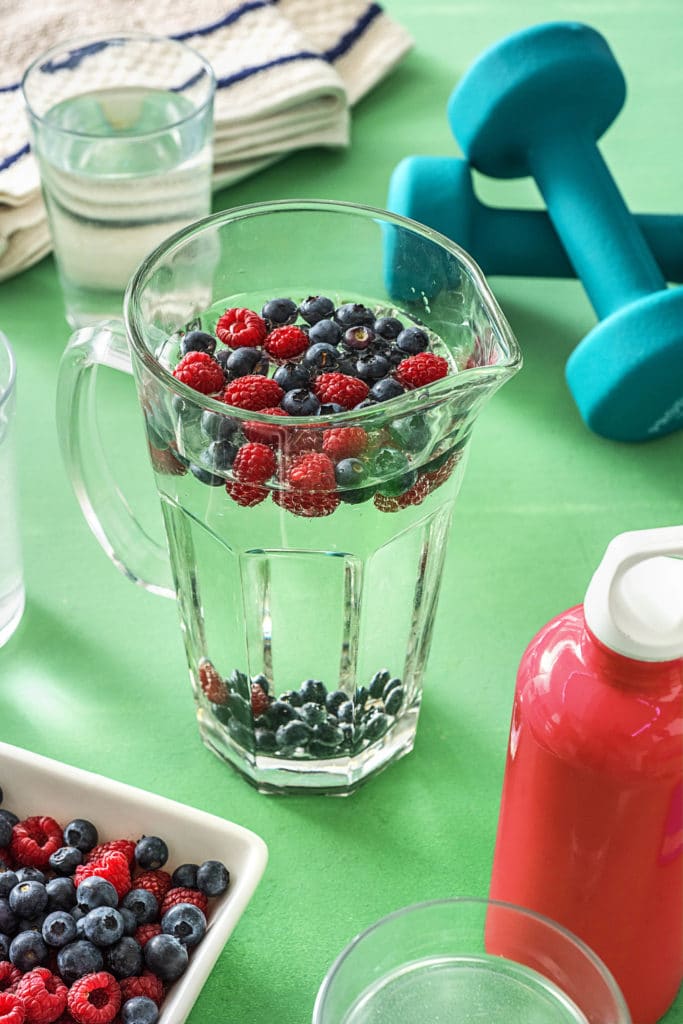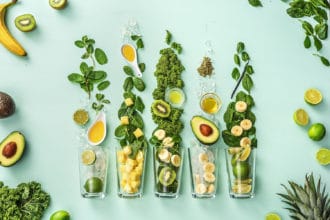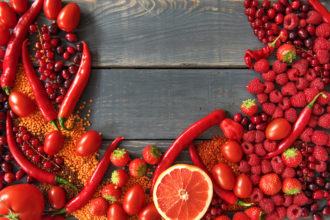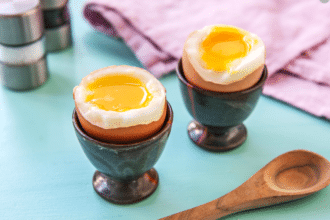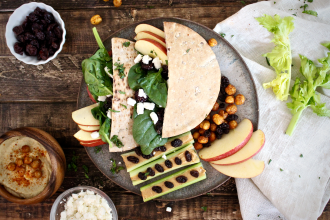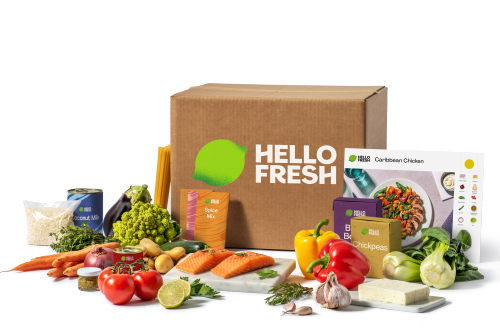What to Eat Before and After Working Out January 14, 2020
You might have heard, “abs are built in the kitchen,” — and it’s true that what to eat before and after working out defines a good fitness routine.
In addition to your own personal motivating reasons, regular exercise will also improve your sleep, energy, and mood. That said, knowing what to eat before and after working out can make a huge difference in how you feel. Choosing the right foods before will fuel your workout and keep your energy going strong from beginning to end. Eating the right foods after will ensure your body is replenished with all the nutrients it needs for repair.
In comparison, if you’re exercising and restricting calories by skipping meals, you can end up feeling more exhausted, and you can even damage hard-earned lean muscle tissue. This can result in the loss of strength and endurance, or lead to injury, illness, and a prolonged recovery process.
For a little nutrition background, the three macronutrients (aka macros) we eat are carbs, fat, and protein — with only carbs and fat being used when we exercise. While most foods are a mix of all three macros, the most beneficial foods are those that also contain high levels of micronutrients like vitamins and minerals — these are the types of foods that are considered nutrient-dense.
Knowing that nutrition and fitness go hand in hand, let’s talk about the right foods to add to your workout routine that will help you feel your most confident, healthy, and energized.
Pre-Workout
Before exercising, you are preparing your body to expend energy — which means you need to have stored energy readily available for use. The most accessible stored energy is found in our muscle tissue (called glycogen) and is primarily formed from broken down carbs.
If you work out in the morning you will have been asleep for 6-8 hours. This means you’ve depleted your glycogen energy stores from the complex (and calorie demanding) activities your body undergoes at night. Then when you finally wake up, neither your muscles nor brain are ready to work. Therefore, eating something before exercising in the morning is especially critical. Ideally, you’ll want to eat about 30-45 min before working out. If the thought of a full meal is too much right away, be sure to have a small snack and then fully replenish your stores after working out.
If you exercise in the afternoon or evening, the pre-workout guidelines around what to eat are the same as those in the morning. The best foods before starting your fitness activities should be higher in simple carbs, lower in fat and fiber, and absent of extra sugars. The logic for this is to provide quick and immediately accessible energy to the body.
What to skip:
- Fats are calorically dense and therefore take longer to digest than carbs or protein. Thus, the fuel they would provide may not be ready in time for your sweat session — leaving you feeling sluggish and slow in your workout.
- High sugar foods tend to spike blood sugar levels but then lead to an inevitable crash. Because these types of food are typically processed, absorbed, and used up so quickly, they don’t work to sustain a longer workout.
- High fiber foods slow down digestion, so you want to eat less of them before a workout. When you’re exercising, fiber will draw blood away from the muscles you want to work, and instead move it to your stomach to help digest your food. Or conversely, the blood being used to digest the fiber-filled foods will be redirected to your muscles, and then the food won’t be broken down very well — leading to digestive discomfort.
Snack ideas:
- Oatmeal + berries
- Unflavored Greek yogurt + almonds + pomegranate seeds
- Banana + nut/seed butter
Recipe ideas:
Post-Workout
After exercise, you need to replace lost energy, fluids, and electrolytes in order to reset the body. This will ensure you increase performance on the next workout and protect your immune system. In order to optimize the benefits of a fitness session and jump-start recovery, it’s important to consume a post-workout recovery snack or meal that blends both carbs and protein within 30-45 minutes after training. If you aren’t able to get a full meal in right away, still be sure to eat a small snack until you are ready. The correct ratio of carbs and protein will depend upon the intensity and duration of training.
Cardio-Based Workouts
For a cardio-heavy workout, you will have expended energy by increasing your heart and breathing rate for an extended time — thereby depleting glycogen stores. Thus, the ideal post-workout meal for this type of exercise will have a higher ratio of complex carbs (which do contain fiber) to protein. This will ensure the maximum amount of glycogen will be produced and replaced in the muscle tissue.
Foods with healthy carbs:
- 1 bell pepper = 7 grams
- 1/4 cup hummus = 9 grams
- 1 cup chopped carrots = 13 grams
- 1 slice whole wheat toast = 13 grams
- 1 orange = 15 grams
- 1 banana = 25 grams
- 1 cup cooked whole wheat pasta = 30 grams
- 1 cup cooked quinoa = 40 grams
- 1 cup cooked brown rice = 45 grams
Snack ideas:
- Carrots/celery/bell peppers with hummus
- Whole wheat toast with half a banana, a drizzle of honey, and a dash of cinnamon
- Fresh fruits like oranges, kiwis, pineapples (research suggests that bromelain, an enzyme in pineapple, may also help to reduce exercise-induced inflammation)
Recipe ideas:
- Toasted Brown Rice Bowl with Green Beans, Carrots, and Cashews
- Cumin Quinoa Bowl with Black Beans, Bell Peppers, and Pepitas
- Shrimp and Asparagus Risotto with Meyer Lemon and Parmesan
Weight-Based Workouts
Workouts focused on weight training will place greater demand on activating muscle fibers to a point of possible fatigue. Thus, the ideal post-workout meal will have a higher ratio of protein to complex carbs. This ensures the right fuel is available for rapid recovery and repair of muscle fiber tissues that have been broken down during training. Protein also provides the necessary amino acids for building new muscle tissue.
With that said, piling on the protein isn’t always beneficial. Our bodies typically only require .37 grams of protein per pound of body weight. So, for example, if you’re 150 pounds, you need about 56 grams of protein for the whole day. Intense weight lifting can increase your protein needs, but most people are easily able to meet this demand. Additionally, when doing weight-bearing exercises you want to ensure you are also consuming enough calcium and vitamin D since both these nutrients help build and maintain strong, healthy bones.
Foods with lean protein:
- 1 egg = 6 grams
- 1 cup low-fat milk = 8 grams
- 2 tablespoons peanut butter = 8 grams
- 1 cup cooked quinoa = 8 grams
- 3 ounces firm tofu = 8 grams
- 1/2 cup cooked chickpeas = 9 grams
- 1 container plain low-fat Greek yogurt = 20 grams
- 3 ounces grilled salmon = 21 grams
- 3 ounces skinless, baked chicken = 26 grams
Snack ideas:
- Hard-boiled eggs + cheese + cucumber slices + grapes
- Tuna with leafy greens + whole wheat crackers + apple
- Whole grain wrap + grilled chicken + avocado + spinach
Recipe ideas:
- Turkish-Spiced Salmon with Blood Orange and Couscous Pilaf
- Chicken Under a Zucchini Blanket with Mashed Potatoes and Green Beans
- Crunchy Veggie and Lentil Salad with a Feta-Stuffed Pita and Creamy Dill Dressing
Hydration
Dehydration decreases exercise performance, so it’s important to consume fluids before and during training. After exercise, you’ll want to be sure to drink enough fluids to replace any sweat lost during exercise. For reference, that’s about 16 to 24 ounces of fluid for every pound of body weight lost.
Drink ideas before:
-
- Beetroot juice is great to consume pre-workout as it is a source of natural nitrates. This gives you a boost, as beets help dilate blood vessels and allow more oxygen to be delivered to muscles.
- Coffee and tea contain caffeine, which increases dopamine in the brain. This is especially helpful in improving areas related to focus, vigilance, and perception of fatigue.
Drink ideas before, during, and after:
- Plain old water should always be a go-to way to rehydrate. You can bump up the flavor of water using these simple infused water ideas without adding extra sugar, calories, or artificial flavors.
- Since watermelon is 92% water, its high H20 content will help keep you hydrated while also providing a satisfying sweet crunch.
Drink ideas after:
- Although you may be surprised to hear it, a cup of chocolate milk makes a great recovery drink because it’s got it all — carbs, protein, balanced fat, and a double punch of calcium and sodium.
A Few More Tips
While what to eat before and after working out certainly impacts your fitness gains, it’s important to remember the personal reasons that keep you motivated. Be sure to enjoy the physical and mental highs that challenging your body gives you. Moreover, to turn your workout into a routine you’ll want to repeat over and over again, be sure to track your efforts to remember where you started and how far you’ve come. Lastly, be sure to celebrate your accomplishments. Whether that means rewarding yourself with a new pair of workout shorts, a post on Instagram of your sweaty self, or a high five from your workout partner — take the time to give yourself positive reinforcement for a job well done!
And, if you need some workout inspiration to get started, check out these five easy exercises you can do while cooking.


